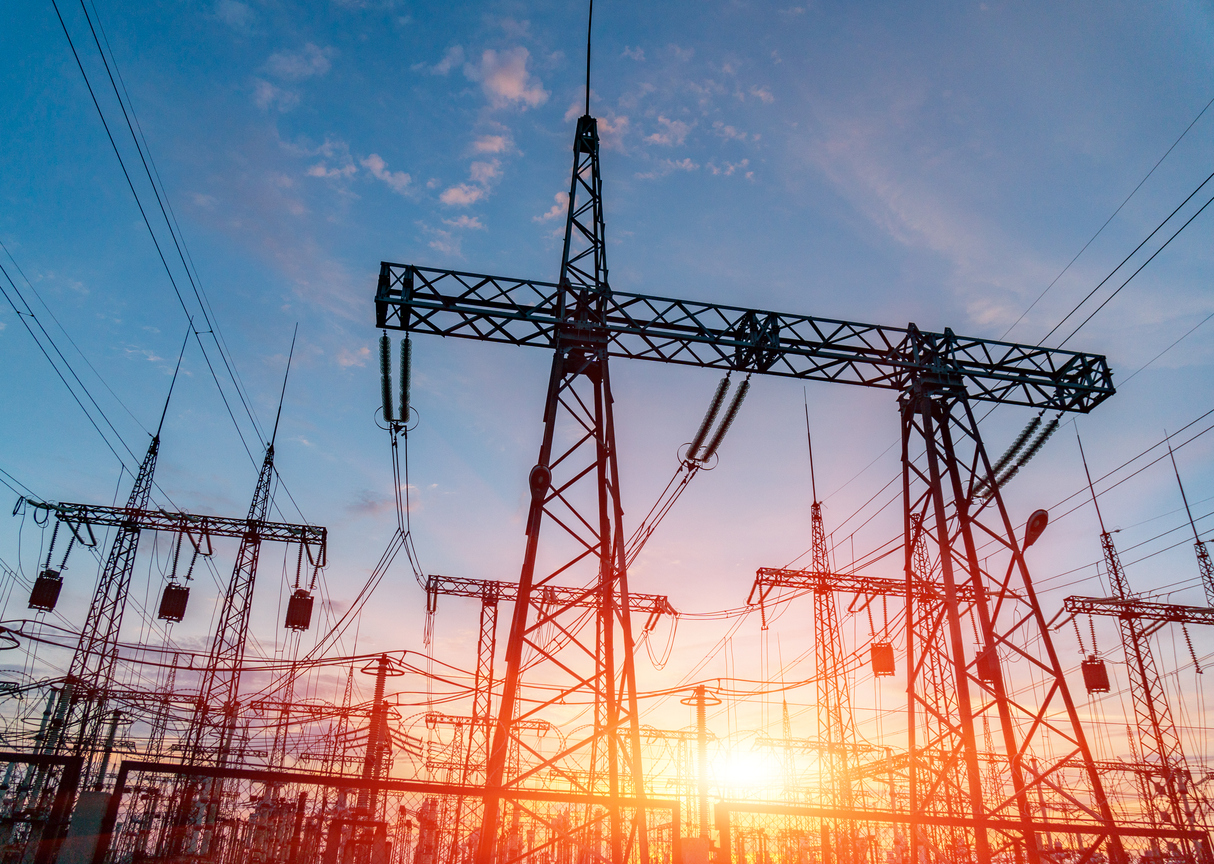The California Department of Forestry and Fire Protection said Thursday it had determined that the line sparked last year’s Kincade Fire, which ignited on Oct. 23 during windy weather and spread quickly, burning about 77,800 acres and destroying 374 structures, including 174 homes. No one died in the fire. The agency said it has forwarded its investigative report to the Sonoma County District Attorney’s Office.
PG&E said in a statement it hasn’t yet reviewed the report or the underlying evidence.
PG&E acknowledged last year that its equipment likely caused the Kincade Fire. The company said in securities filings that it could incur at least $600 million in liability-related losses if investigators came to that conclusion.
The San Francisco-based utility earlier this month emerged from chapter 11 bankruptcy protection, which it sought in January 2019 as it grappled with billions of dollars in wildfire-related liability costs. The company’s equipment sparked a series of destructive wildfires in 2017 and 2018 that collectively killed more than 100 people and burned more than 15,000 homes in Northern California.
PG&E had been scrambling to secure court approval of its restructuring plan by June 30, a state-imposed deadline for its participation in a wildfire fund meant to help California’s largest utilities handle liabilities stemming from future fires. The company might look to tap the fund to help cover its Kincade Fire losses.
Last fall, PG&E resorted to pulling the plug on millions of its own customers to reduce the risk that its system might spark more fires during seasonal high winds, which increase the chance of power line failure. But PG&E decided not to shut off the transmission line that started the Kincade Fire, even as it initiated a widespread blackout that left many people in the dark for days.
The transmission line that started the Kincade Fire carried 230 kilovolts, making it one of the largest conduits in PG&E’s electric grid. At the time, the company had only proactively shut off lower-capacity transmission lines carrying up to 115 kilovolts.
The line’s failure raised the prospect that PG&E would have to include higher-voltage lines in its shut-off strategy, which would potentially cause even larger numbers of people to lose power. The company has said it may have to rely on such shut-offs for as long as a decade as it works to repair its aging power grid, although it is working to make the blackouts shorter and less frequent.














